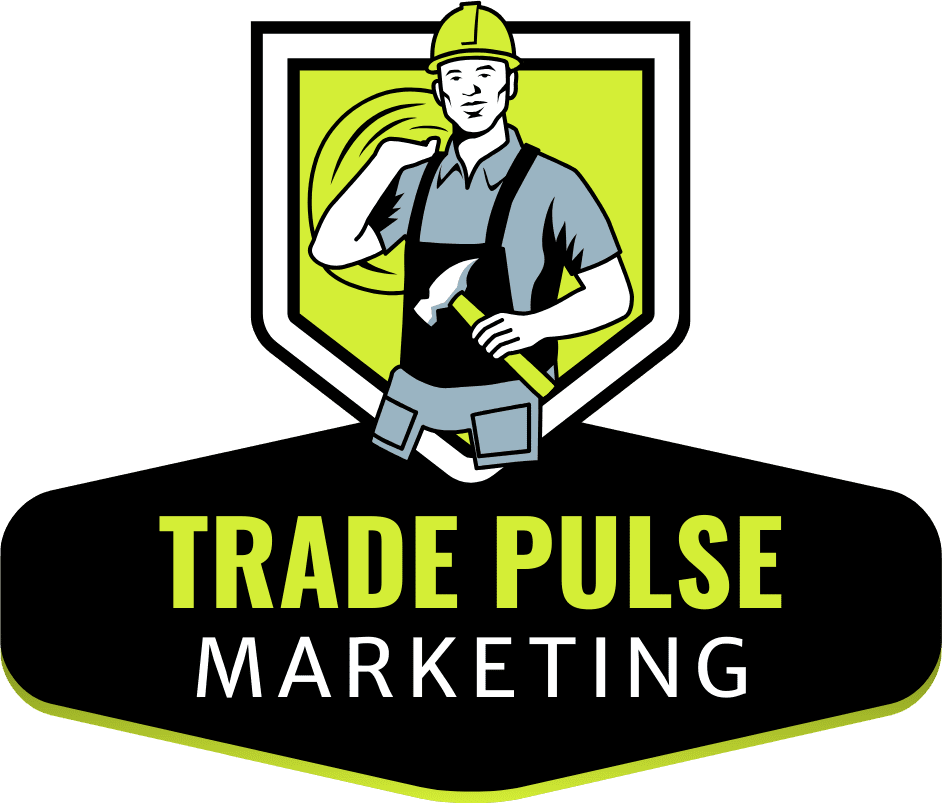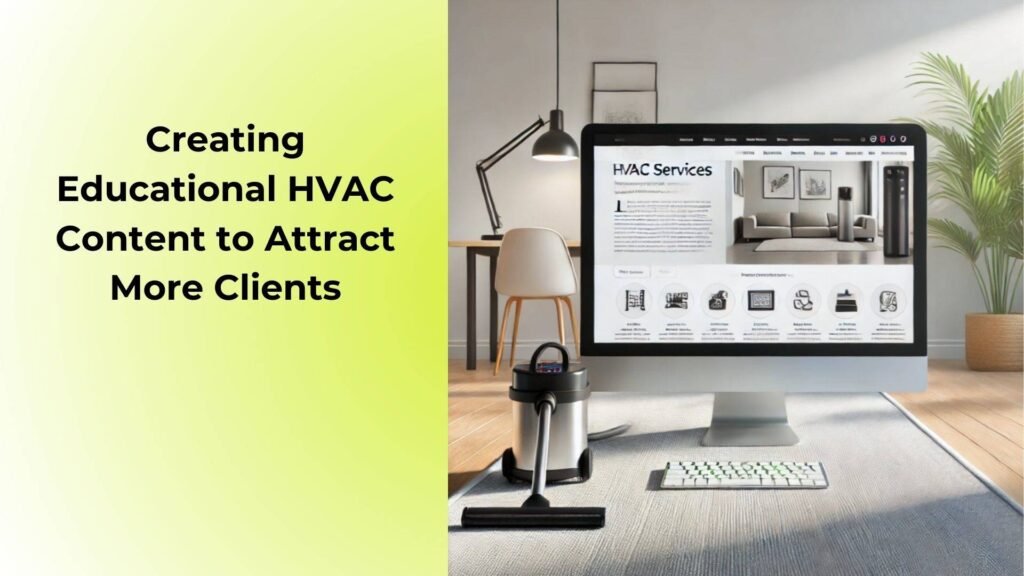Introduction
In the HVAC industry, creating educational content is an effective way to attract new clients and establish your business as a trusted authority. Educational content provides value to potential customers, helping them understand HVAC systems, maintenance tips, and energy-saving strategies. In this guide, we’ll explore how to create engaging educational HVAC content that attracts more clients and builds your brand’s reputation.
Identify Your Target Audience
The first step in creating educational content is to identify your target audience. Understand who your potential clients are, their pain points, and the common HVAC-related questions they have. Your audience could include homeowners, commercial property managers, or real estate agents. Tailoring your content to address their specific needs ensures that your information is relevant and valuable. For instance, homeowners might be interested in maintenance tips, while property managers might look for energy efficiency solutions.
Choose Relevant and Engaging Topics
Selecting relevant topics is crucial for attracting and engaging your audience. Focus on common HVAC issues, maintenance advice, energy-saving tips, and new technologies. Topics like “How to Choose the Right HVAC System for Your Home,” “DIY HVAC Maintenance Tips,” and “Benefits of Regular HVAC Inspections” can attract readers searching for practical advice. Use keyword research tools to find popular search terms and tailor your content accordingly to improve your SEO and reach a broader audience.
Create How-To Guides and Tutorials
How-to guides and tutorials are highly effective in providing value to your audience. These types of content offer step-by-step instructions for common HVAC tasks, helping readers solve problems and perform basic maintenance. For example, create a guide titled “How to Clean Your HVAC Filters” with detailed steps and accompanying images. Videos are also a great format for tutorials, allowing you to demonstrate techniques visually. These guides not only attract traffic but also position your business as a helpful resource.
Share Customer Success Stories
Customer success stories and case studies add a personal touch to your content and showcase the effectiveness of your services. Highlight real-life examples of how your HVAC solutions resolved customer problems. Include quotes from satisfied clients, before-and-after photos, and detailed descriptions of the challenges and solutions. Sharing these stories builds credibility and trust, showing potential clients the tangible benefits of choosing your services.
Incorporate Visual Content
Visual content, such as infographics, videos, and images, can significantly enhance the appeal of your educational content. Infographics are particularly effective for breaking down complex information into easy-to-understand visuals. Create infographics on topics like “Signs Your HVAC System Needs Maintenance” or “Energy-Saving Tips for Homeowners.” Videos can be used for tutorials, customer testimonials, and explainer videos about HVAC systems and services. High-quality visuals make your content more engaging and shareable.
Leverage Social Media Platforms
Social media is a powerful tool for distributing your educational content and reaching a wider audience. Share your blog posts, guides, videos, and infographics on platforms like Facebook, Instagram, LinkedIn, and YouTube. Use relevant hashtags and tags to increase visibility. Engage with your followers by responding to comments and questions, and encourage them to share your content with their networks. Hosting live Q&A sessions or webinars on social media can also attract more followers and establish your authority.
Optimize for SEO
Search engine optimization (SEO) is essential for ensuring your content reaches a broader audience. Conduct keyword research to identify popular search terms related to HVAC topics. Incorporate these keywords naturally into your titles, headings, and body text. Use meta descriptions, alt text for images, and internal linking to further enhance your SEO. For example, a blog post on “Common HVAC Problems and How to Fix Them” should include keywords like “HVAC repair tips” and “troubleshooting HVAC issues.”
Create a Content Calendar
Consistency is key to building a strong online presence. Develop a content calendar to plan and schedule your educational posts regularly. A well-organized content calendar helps ensure that you cover a diverse range of topics and maintain a steady flow of content. Plan for seasonal topics, such as “Preparing Your HVAC System for Winter” or “Spring Maintenance Checklist.” Regularly updating your blog and social media channels keeps your audience engaged and coming back for more.
Measure and Analyze Performance
Regularly measuring and analyzing the performance of your content helps you understand what resonates with your audience. Use tools like Google Analytics to track metrics such as page views, time on page, bounce rate, and social media engagement. Identify which types of content perform best and refine your strategy accordingly. Feedback from readers can also provide valuable insights into areas for improvement. Continuous optimization based on data ensures your content remains effective and relevant.
Engage with Your Audience
Building a relationship with your audience is crucial for long-term success. Encourage readers to leave comments, ask questions, and share their experiences. Respond promptly to comments on your blog and social media posts, offering helpful advice and thanking them for their engagement. Consider hosting webinars or live Q&A sessions to interact with your audience in real-time. Engaging with your audience fosters a sense of community and positions your business as approachable and trustworthy.
Conclusion
Creating educational HVAC content can significantly attract more clients and establish your business as a trusted authority in the industry. By identifying your target audience, choosing relevant topics, and leveraging various content formats, you can provide valuable information that resonates with potential clients. Trade Pulse Marketing specializes in helping businesses like yours develop and execute effective content strategies. Contact us today to book your free strategy call and learn how we can help you grow your HVAC business through impactful educational content.

